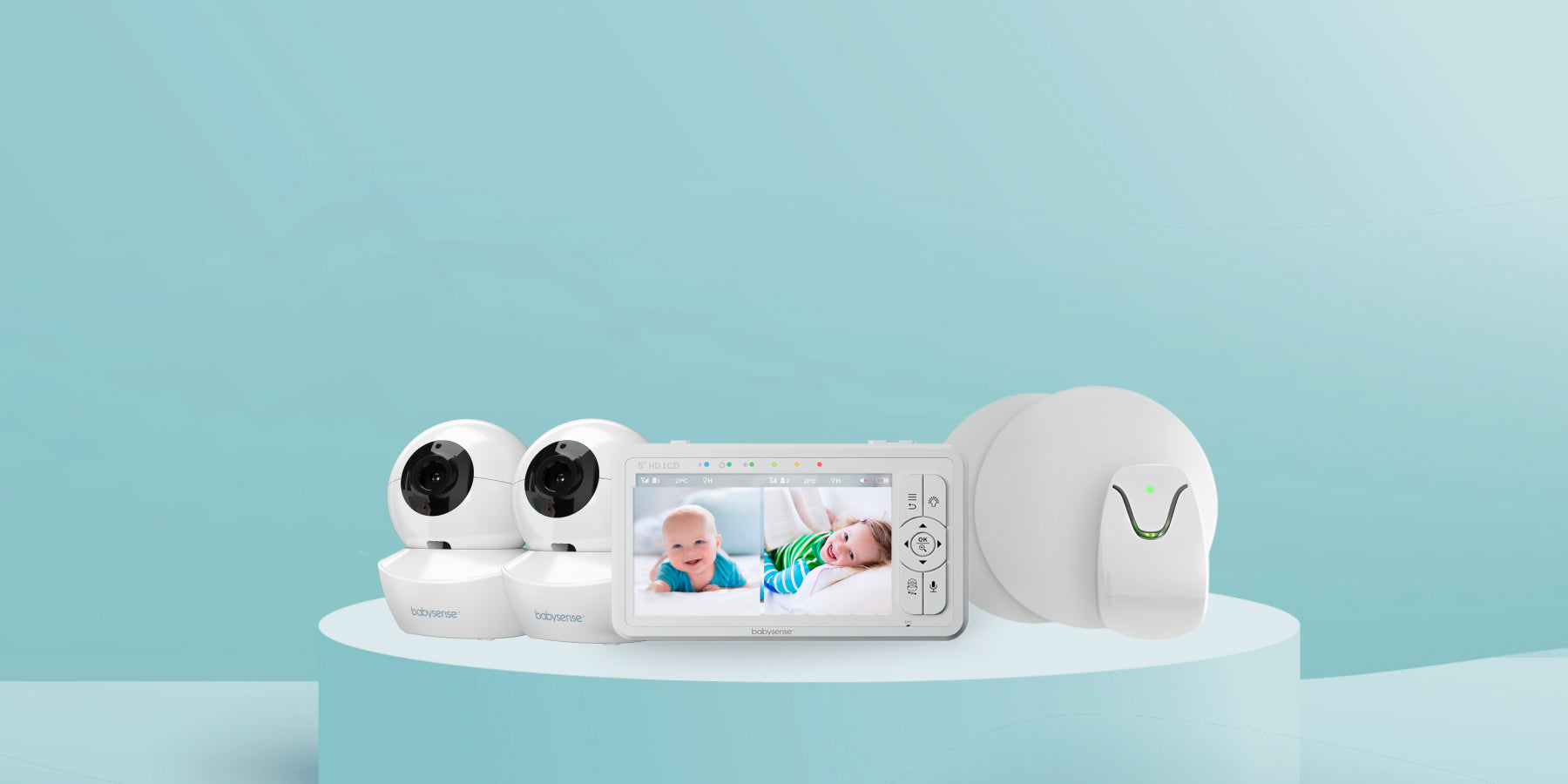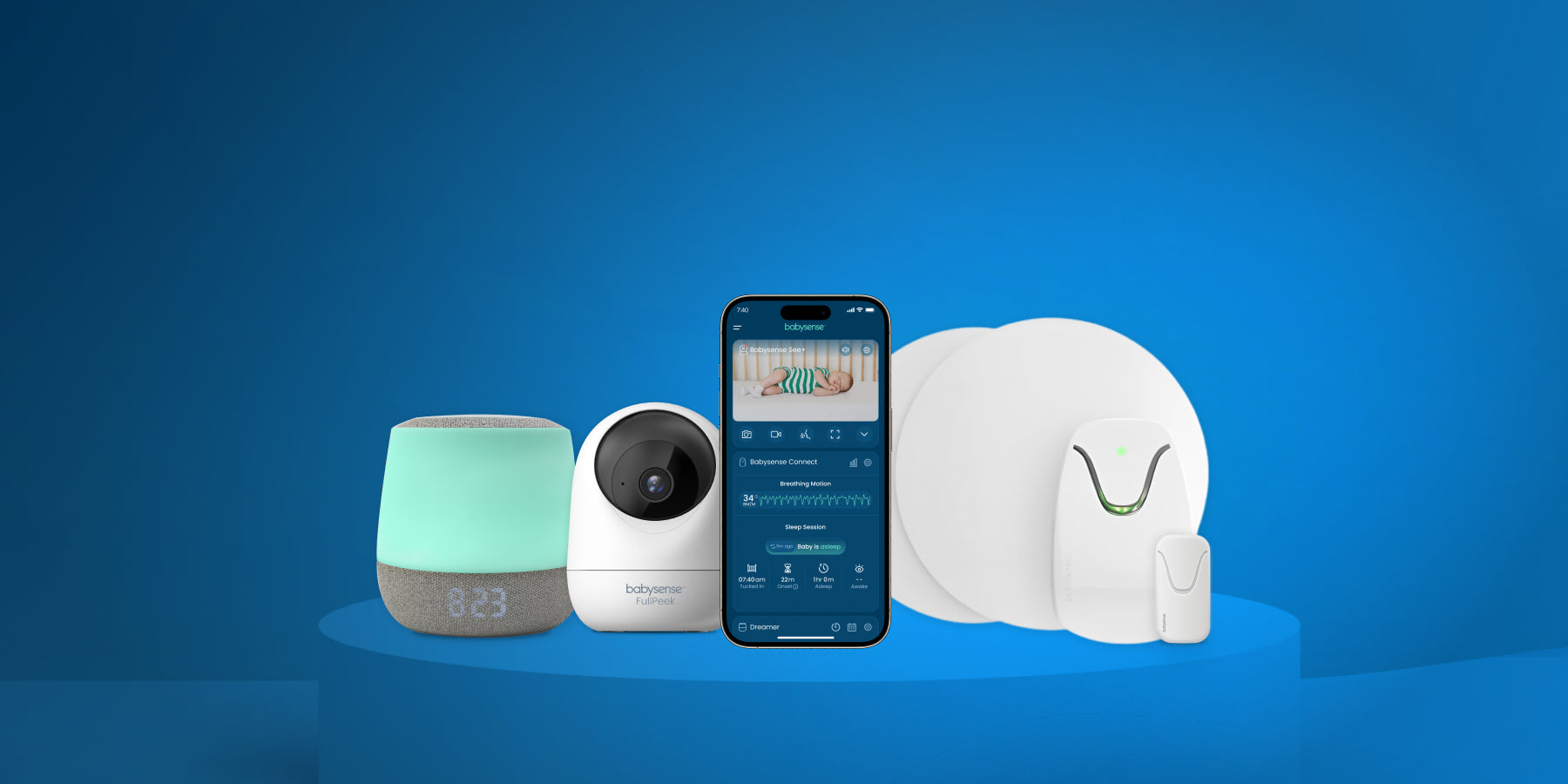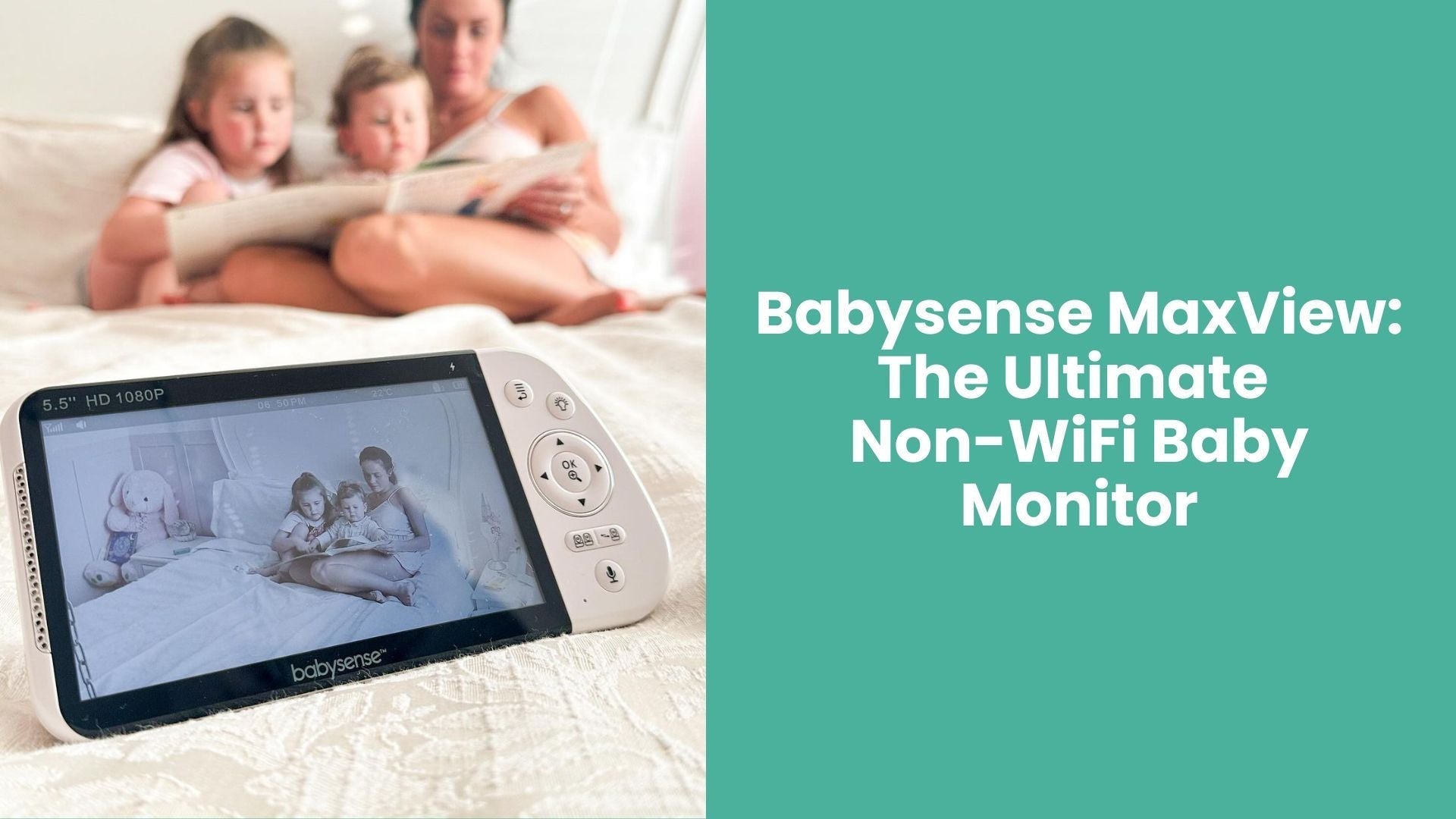How to Get My Baby to Take a Bottle: Proven Strategies
1. Start Early and Gradually
Introduce the Bottle Within the First Few Weeks: To facilitate an easier transition, consider offering a bottle within the first few weeks after birth. Early introduction can help your baby become accustomed to both breastfeeding and bottle-feeding, reducing potential resistance later on.
Gradual Transition: Begin by offering small amounts of breast milk or formula in the bottle. This gradual approach allows your baby to adapt to the new feeding method without feeling overwhelmed.
2. Experiment with Different Bottles and Nipples
Variety of Nipples: Babies have unique preferences for nipple shapes and materials. Experiment with different types to find the one that your baby prefers. Narrow bottle nipples that encourage a wide gape can be effective.
Adjust Nipple Flow: Ensure the nipple flow rate matches your baby's feeding pace. A slow-flow nipple can prevent overwhelming your baby with milk, while a faster flow might be necessary if your baby is accustomed to a more rapid milk flow during breastfeeding.
3. Involve Other Caregivers
Alternate Caregivers: Sometimes, babies associate feeding with their mothers and may refuse a bottle when offered by them. Having another caregiver, such as a partner or grandparent, offer the bottle can help your baby accept it more readily.
4. Adjust Feeding Positions and Environment
Different Feeding Positions: Experiment with various positions to find one that your baby finds comfortable. Some babies prefer being held upright, while others may like a reclined position. Changing positions can make the bottle-feeding experience more acceptable.
Calm Environment: Feed your baby in a quiet, relaxed setting to minimize distractions. A soothing atmosphere can make your baby more receptive to bottle feeding.
5. Mimic Breastfeeding Techniques
Paced Bottle-Feeding: Hold the bottle at a horizontal angle and allow your baby to suck and swallow at their own pace. This method mimics the natural flow of breastfeeding and can make the transition smoother.
Skin-to-Skin Contact: Maintaining skin-to-skin contact during bottle feeding can provide comfort and familiarity, easing the transition from breast to bottle.
6. Experiment with Milk Temperature and Taste
Milk Temperature: Some babies have preferences for milk temperature. Experiment with offering milk at body temperature, room temperature, or slightly cooler to see what your baby prefers.
Taste Considerations: If using expressed breast milk, be aware that it can sometimes develop a different taste or odor due to lipase activity. Scalding the milk before storage may help if your baby refuses it.
7. Be Patient and Persistent
Avoid Forcing the Bottle: Never force your baby to take the bottle, as this can create negative associations. If your baby refuses, take a break and try again later.
Consistent Attempts: Regularly offering the bottle, even if your baby initially refuses, can help them become more familiar and comfortable with it over time.
8. Seek Professional Support if Needed
Consult a Lactation Consultant: If difficulties persist, seeking guidance from a lactation consultant can provide personalized strategies and support tailored to your baby's specific needs.
Final Thoughts
Every baby is unique, and what works for one may not work for another. It may take time and experimentation to find the right approach for your child. Stay patient, flexible, and celebrate small successes along the way.





